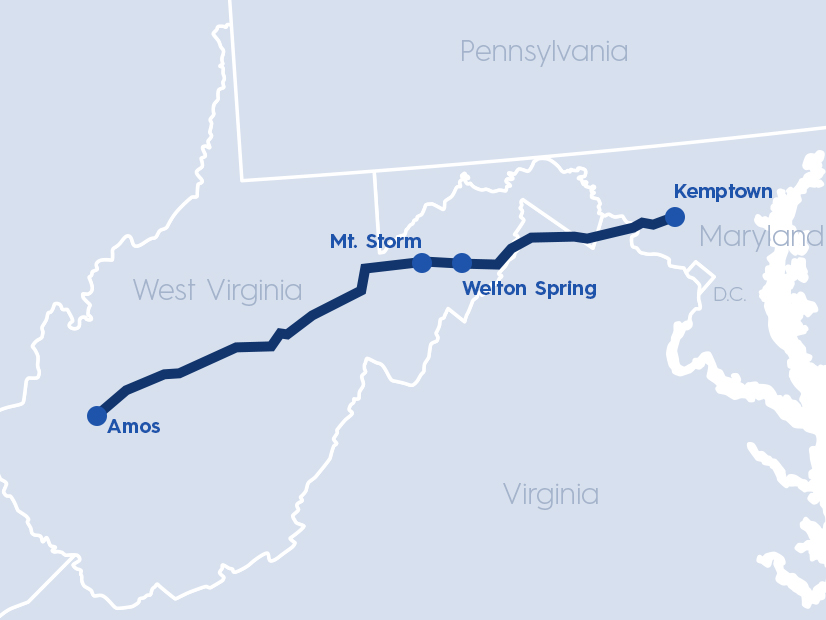Reversing FERC, the D.C. Circuit Court of Appeals ruled Dec. 28 that developers of the abandoned Potomac-Appalachian Transmission Highline (PATH) transmission project must refund $6 million spent to influence public officials to approve the project (20-1324).
The $2.1 billion, 765-kV “coal by wire” PATH project was approved by PJM in 2007 to run from American Electric Power’s (NASDAQ:AEP) John Amos coal generator in St. Albans, W.Va., to New Market, Md.
By 2011, however, PJM said the need for the line had moved several years beyond 2015 because of reduced load growth following the Great Recession. After ordering transmission owners to suspend work on the line pending a more complete analysis, the PJM Board of Managers terminated it in 2012. PATH’s developers, AEP and FirstEnergy’s (NYSE:FE) Allegheny Energy, sought to recover $121.5 million they spent on the abandoned project.
At issue was $6 million that PATH passed on to customers in 2009-2011 for public relations and advocacy activities related to its effort to win certificates of public convenience and necessity to build the line.
After denying recovery of the expenses in 2017, FERC reversed itself in a ruling in January 2020 (Opinion 554-A, ER09-1256, et al.). (See FERC Grants Recovery on PATH Project Costs.) FERC later rejected a rehearing request by PATH opponents Keryn Newman and Alison Haverty of West Virginia (Opinion 554-B), prompting them to file a pro se petition with the D.C. Circuit.
PATH booked the expenses in accounts designated for “Outside Services Employed” and “General Advertising Expenses.”
But Judge Cornelia “Nina” Pillard, writing for a three-judge panel, agreed with the petitioners that the expenses belonged in Account 426.4 for “Expenditures for Certain Civic, Political and Related Activities,” which would exclude them from being passed through to ratepayers.
FERC’s instructions state that 426.4 “shall include expenditures 1) for the purpose of influencing public opinion with respect to the election or appointment of public officials, referenda, legislation or ordinances (either with respect to the possible adoption of new referenda, legislation or ordinances or repeal or modification of existing referenda, legislation or ordinances), or approval, modification or revocation of franchises; or 2) for the purpose of influencing the decisions of public officials.”
PATH contended that account was intended only for expenses made to directly influence the decisions of public officials but that the spending was for “indirect” influence.
FERC agreed, saying the spending was more like an “operating expense” because it related to “general promotional efforts” on behalf of a line that had already been approved by PJM.
The commission said the spending would have belonged in Account 426.4 if it was intended to win “a franchise application — in which the utility competes for a potentially lucrative status for itself” — rather than an application “in service of an RTO-approved project — in which the utility represents not only its own interests but those of the RTO as a whole.”
But the court said FERC’s reasoning was “unpersuasive,” noting that PATH’s own internal statements confirm that the spending was intended to influence the decisions of public officials.
“FERC clearly erred in reading Account 426.4’s second clause as implicitly limited to expenditures for the purpose of directly influencing the decisions of public officials,” Pillard wrote. “We hold that the official-decisions clause includes expenditures for the purpose of indirectly as well as directly influencing the decisions of public officials. … Because indirect influence of state officials responsible for certification decisions was the undeniable purpose of the expenditures at issue here, they should have been assigned to Account 426.4.”
The court vacated FERC’s opinions and remanded the case to the commission.




